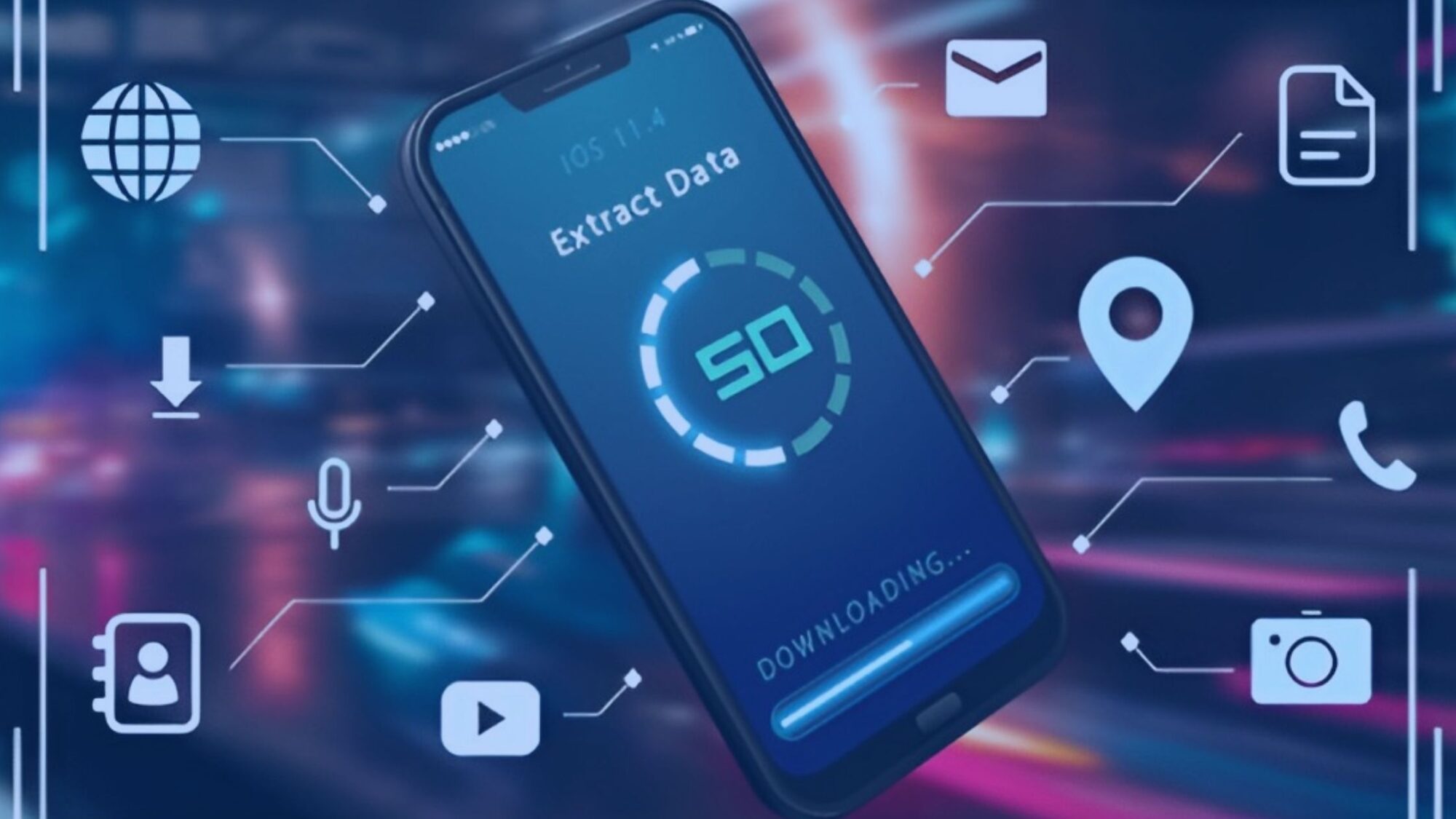From Bricks to Smart Devices
Remember the days of simple “brick” phones? Digital investigations involving mobile devices were relatively straightforward. But as cell phones transformed into powerful, pocket-sized computers, the field of cell phone forensics underwent a radical evolution. This continuous transformation is driven by an intense “arms race” between device security enhancements and the development of sophisticated forensics software. Understanding this evolution is key to appreciating the complex work of uncovering digital evidence from today’s advanced mobile devices.
Early Days: Basic Extractions and Simple Data
In the nascent stages of cell phone forensics, the primary goal was often simply to extract basic data. Early forensics software could typically pull call logs, SMS messages, and perhaps a few contacts. Devices had limited storage and less stringent security. Data was often stored in easily accessible formats, and encryption was either non-existent or simple. Investigators often relied on proprietary cables and basic tools provided by phone manufacturers or early forensic vendors. The challenge was more about physical connection than bypassing sophisticated software locks.
A Leap in Complexity
The advent of the smartphone, particularly with the rise of iOS and Android, fundamentally changed cell phone forensics. Suddenly, phones became repositories of vast amounts of complex data: web Browse history, GPS locations, social media activity, app data, encrypted chat conversations, and much more. This leap in data volume and complexity demanded a new generation of forensics software.
Key shifts during this era included:
- App Data Proliferation: Each app introduced its own unique data structure, requiring software capable of parsing hundreds of different application databases.
- Operating System Diversity: Android’s open nature and iOS’s closed ecosystem presented divergent challenges, necessitating specialized approaches for each.
- Increased Storage: Phones began storing gigabytes, then terabytes of data, requiring software to process and analyze massive datasets efficiently.
- Basic Encryption: Device encryption started becoming common, requiring initial bypass or decryption capabilities from forensics software.
This era pushed developers of forensics software to create highly adaptable and feature-rich platforms to keep pace with the rapid innovation in mobile technology.
The Modern Era: Encryption, AI, and the Constant Battle
Today, cell phone forensics faces its most formidable challenges yet. Strong encryption, secure boot processes, and advanced anti-forensic measures are standard. Device manufacturers continuously implement new security features, making unauthorized data access incredibly difficult. This means the evolution of forensics software is an ongoing, high-stakes game of adaptation.
Modern forensics software must now provide:
- Advanced Acquisition Methods: Beyond logical extractions, physical acquisitions (direct memory dumps) become crucial, often requiring specific hardware exploits or advanced techniques.
- Sophisticated Decryption: The ability to handle full-disk encryption, secure enclaves, and encrypted application data, often through complex brute-force or hardware-assisted methods.
- AI-Powered Analysis: To manage and make sense of the sheer volume of data, forensics software now integrates Artificial Intelligence and Machine Learning.
- Cross-Device Correlation: The capability to link data found on a mobile phone with evidence from other devices (computers, cloud accounts) to build a complete picture.
This is where leading solutions come into play. For instance, Belkasoft forensic software is an example of a comprehensive platform that has evolved to meet these modern challenges. It offers extensive support for acquiring and analyzing data from thousands of mobile devices, covering both iOS and Android, and continuously updates to address new models and security features.
A significant leap in this evolution is the integration of AI. BelkaGPT, an AI-powered forensic assistant within Belkasoft X, exemplifies this. Unlike simple keyword matching, BelkaGPT analyzes context and semantics, allowing investigators to ask questions in plain language to retrieve specific information. It can detect discussions related to an investigation, identify topics of interest in documents or conversations, and even determine the emotional tone of communication. It’s important to note that BelkaGPT operates entirely offline, ensuring data security and compliance. It also maintains transparency by providing references to original artifacts, allowing investigators to verify AI interpretations. This capability transforms raw data into actionable intelligence, significantly accelerating investigations.
An Endless Pursuit of Digital Truth
The journey of cell phone forensics is a testament to relentless innovation. From basic extractions to AI-driven analysis of encrypted data, the field continues to adapt at breakneck speed. The ongoing development of forensics software, integrating advanced capabilities like those found in Belkasoft forensic software with AI like BelkaGPT, ensures that investigators can keep pace with evolving mobile security. In this endless race, the goal remains clear: to uncover digital truth, wherever it may be hidden, and ensure justice in an increasingly digital world.
Read More From Techbullion



































